Carob, Ceratonia siliqua. is an evergreen plant that belongs to the Fabaceae family. It is a deciduous tree or shrub reaching a height of 45 ft (15 m) with a round crown and stem. It is covered with a thin black crust that cracks with age.
Carob has simple leaves with rounded kidney-shape. They are dark green on top and at the bottom are grey, leathery and smooth. The colours are dark pink to rose-purple, gathered in bundles of 5 colours. Typical of Carob is kaulifloria - the colours, and later, fruits are found directly on the older branches and trunk of the tree. It is believed that the colours are more readily available for pollination.
The fruit of the Carob is reddish-brown and flat, a bean pod that is approximately 4" (10 cm) long and 1" (2 cm) wide around and inside the pod are located between 8-10 dark brown seeds with a hard shell. Carob is a tree that grows very slowly. Lives up to 100 years.
The Carob tree is typical of the Mediterranean region and Southwest Asia. As a decorative tree, it is grown in gardens and backyards across the old continent. Blooms in early spring.

Composition of Carob
The composition of Carob includes 70% sugars, mucilage, tannin, protein, various vitamins, starch, oils, flavonoids, inositol. Carob contains vitamin B1, vitamin A, vitamin B2, potassium, calcium, magnesium. Trace elements are best represented by iron, copper, nickel, manganese and chromium.
Selecting and storing Carob
In the specialized organic shops can be found carob flour. It is relatively expensive, so keep it according to the package directions.
Culinary uses of Carob
Carob is one of the most popular sweeteners. In the past, the pods of carob were the largest source of sugar before sugarcane and sugar beets begun to spread. Dried carob fruit is traditionally eaten on the Jewish holiday Tu Bishvat.

In the Islamic month of Ramadan, carob juice is traditionally drank. Many people mix carob with raw cocoa to obtain a better taste. Carob chips or dust are used as a substitute for chocolate, used for cakes and chocolates. Carob powder is a great substitute for cocoa powder.
We offer you a great recipe for biscuits with carob seeds.
Products Required: 1/3 cup carob flour, 3 tablespoons chia seeds, 1 teaspoon of walnuts, 1 cup dark raisins, 4 dates, a pinch of salt. Pour all items in a blender and beat them thoroughly until the mixture resembles dough.
Roll finished dough and cut it with cutters for cookies. Then place them in the freezer to tighten well.
If you are a fan of milk before bedtime, add 1 tablespoon carob powder, a little honey and vanilla to it. You will get very fragrant and soothing drink.
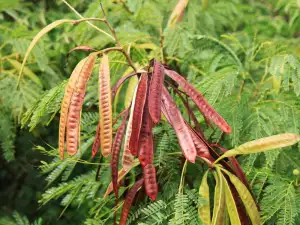
Benefits of Carob
Even in ancient Egypt oatmeal pods were mixed with carob, honey and wax. The resulting mixture is used for diarrhoea. In the 1st century, Dionysius mentions that carob helps in digestive disorders and relieves stomach pain. It may sound contradictory, but it works well for diarrhoea and constipation.
The mode of action depends on the method of preparation of the herb - a decoction of the fruit is used to eliminate the irritation in the intestines and the skin is a powerful astringent and is used to treat diarrhoea. Carob is used as a food additive in acute diseases, enterocolitis, indigestion, lactose intolerance. The fruit of the carob is rich in inositol, which positively affects in women with polycystic ovaries and those with insulin resistance.
As mentioned, carob is used as an alternative to chocolate. Carob does not contain caffeine, theobromine and phenylethylamine - ingredients which are contained in each chocolate in stores, and which may cause allergic reactions and migraine in some people. Carob does not contain oxalic acid, which interferes with the absorption of calcium and zinc.
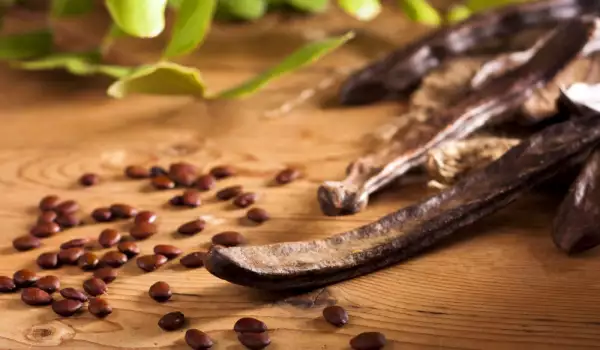
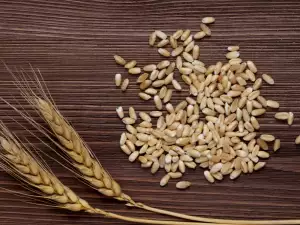
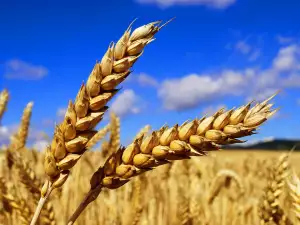
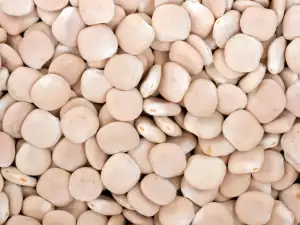

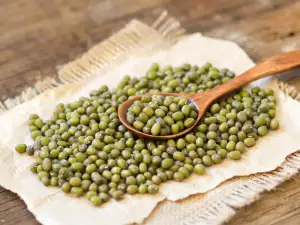
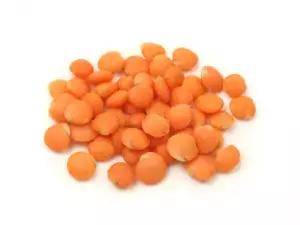

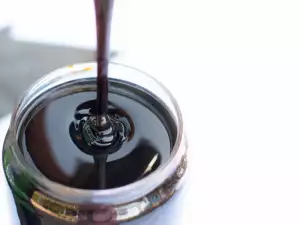
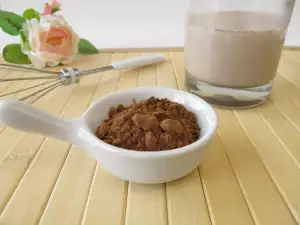
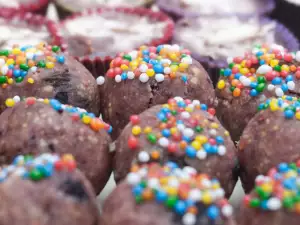
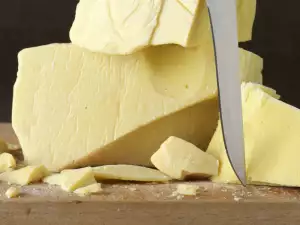







Comments